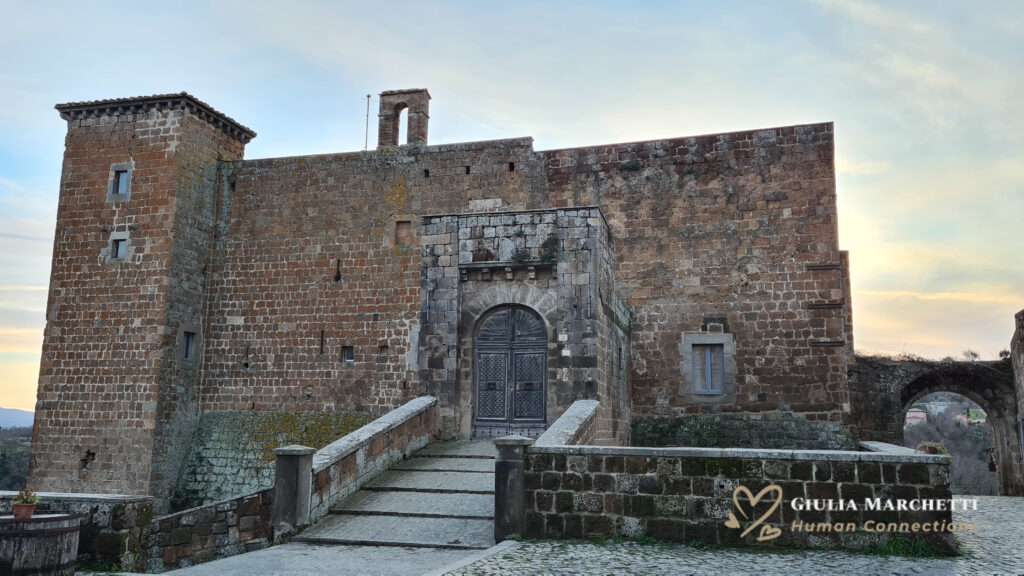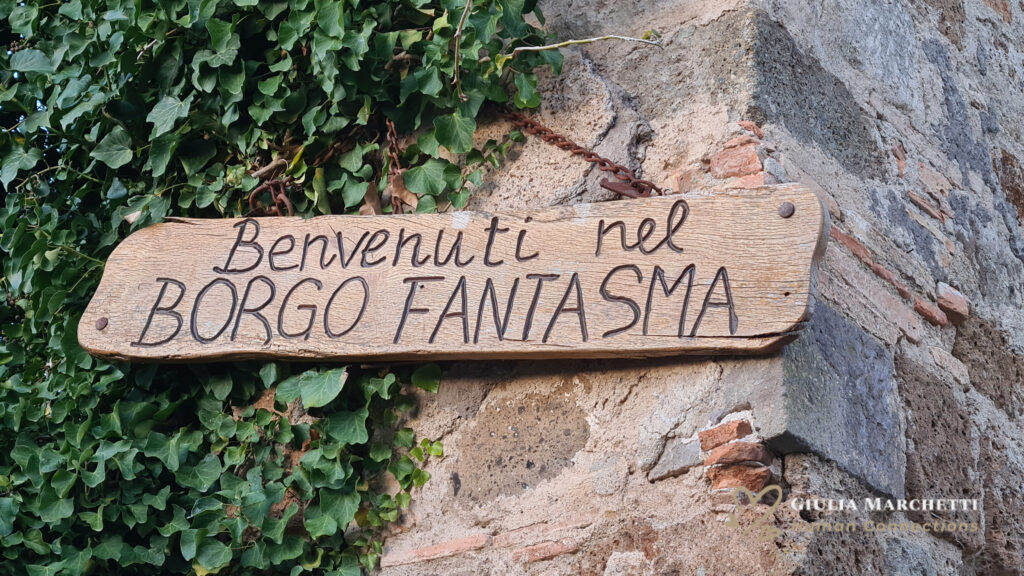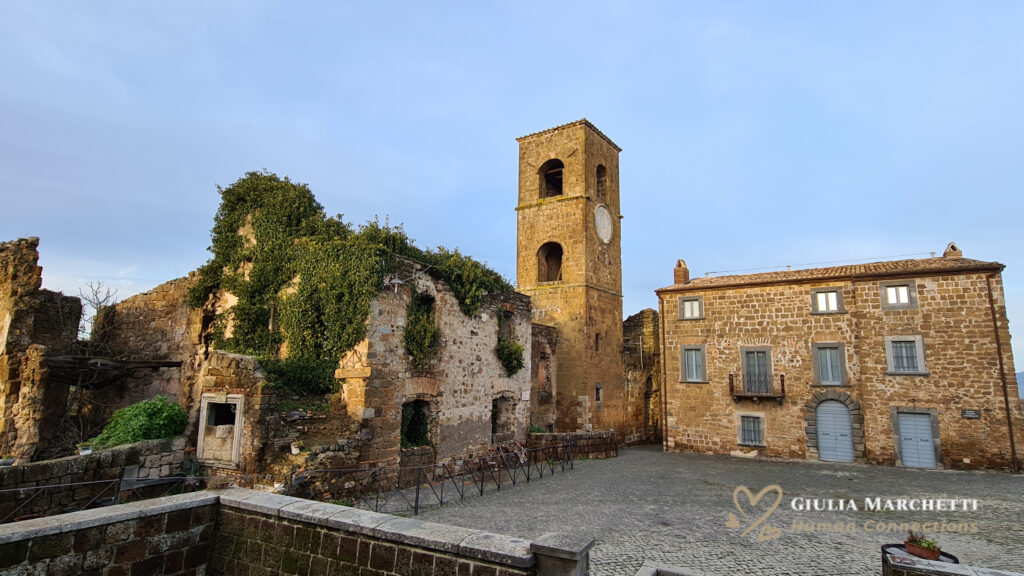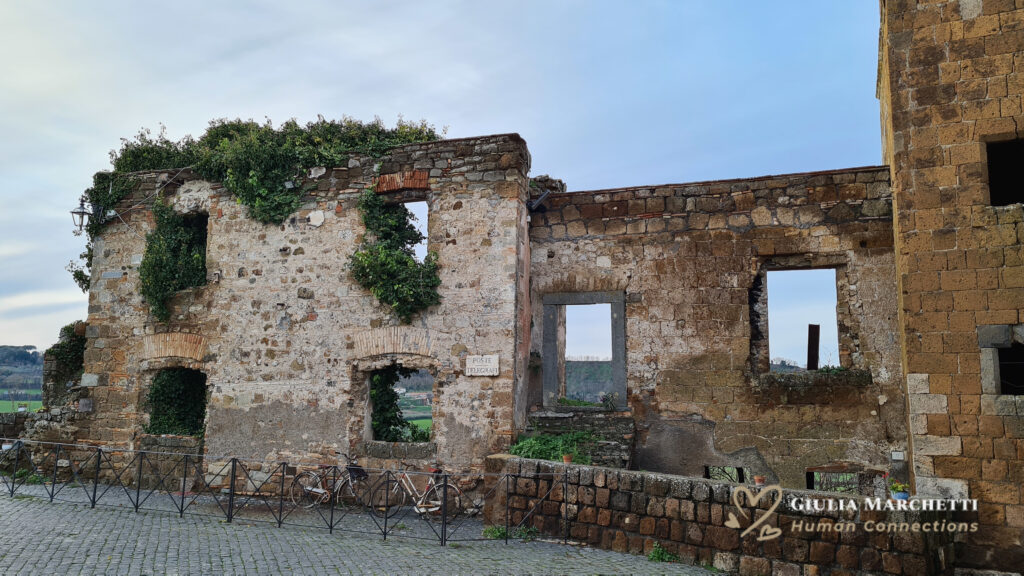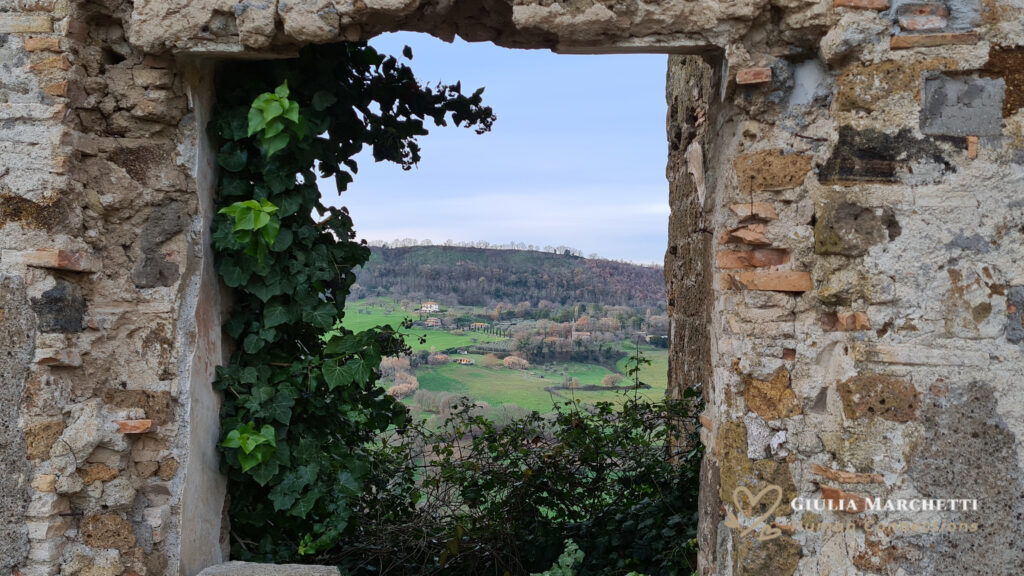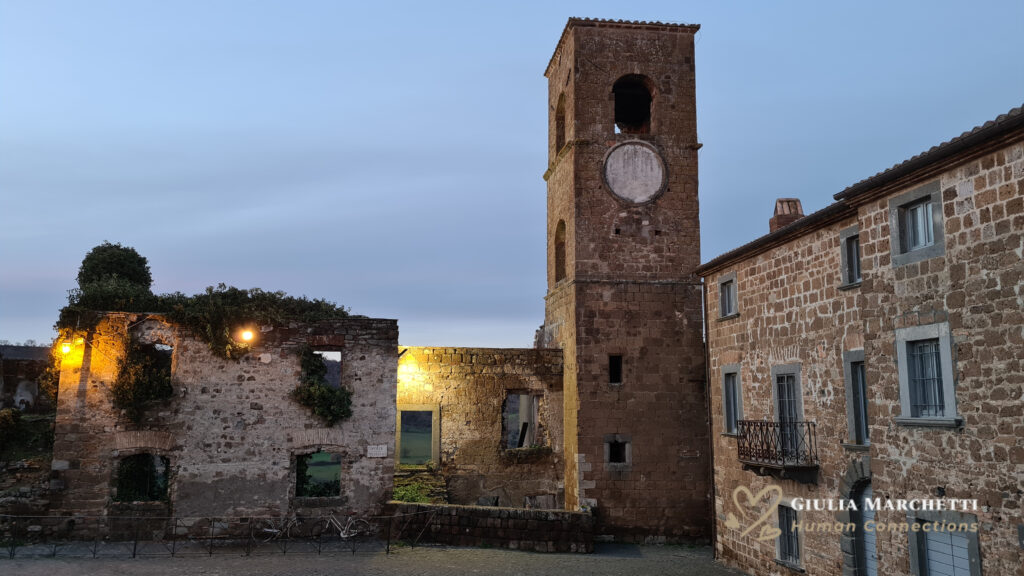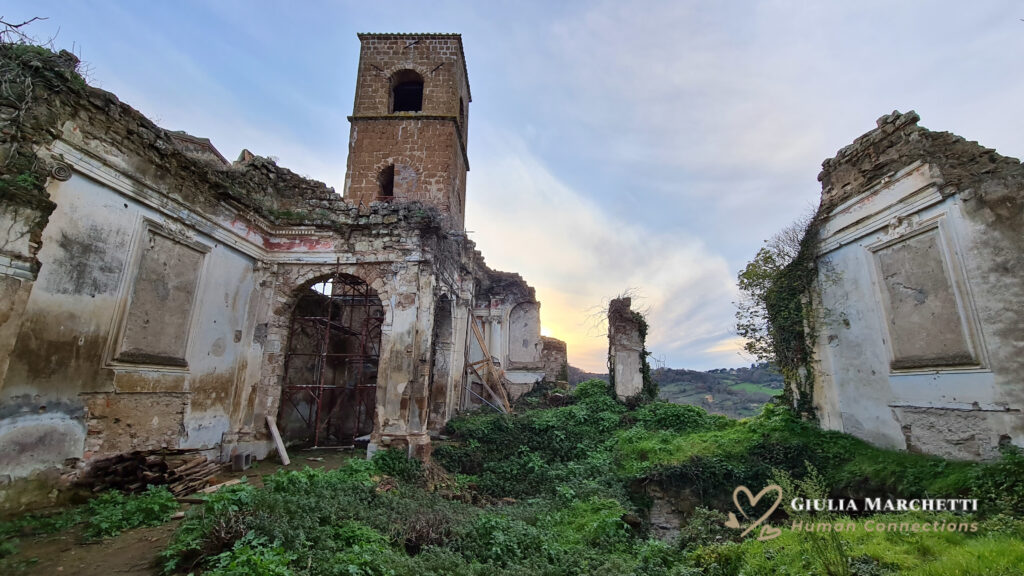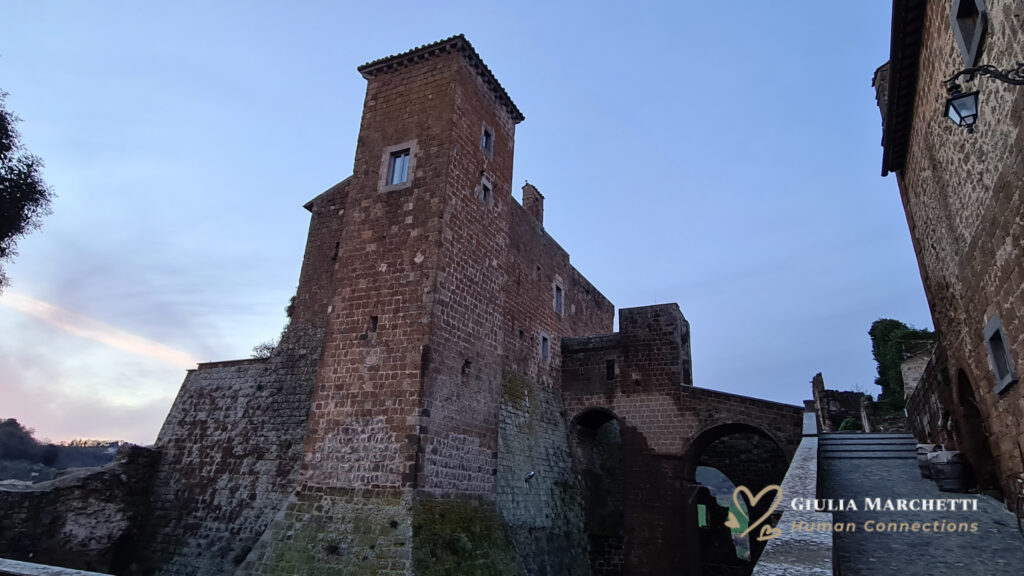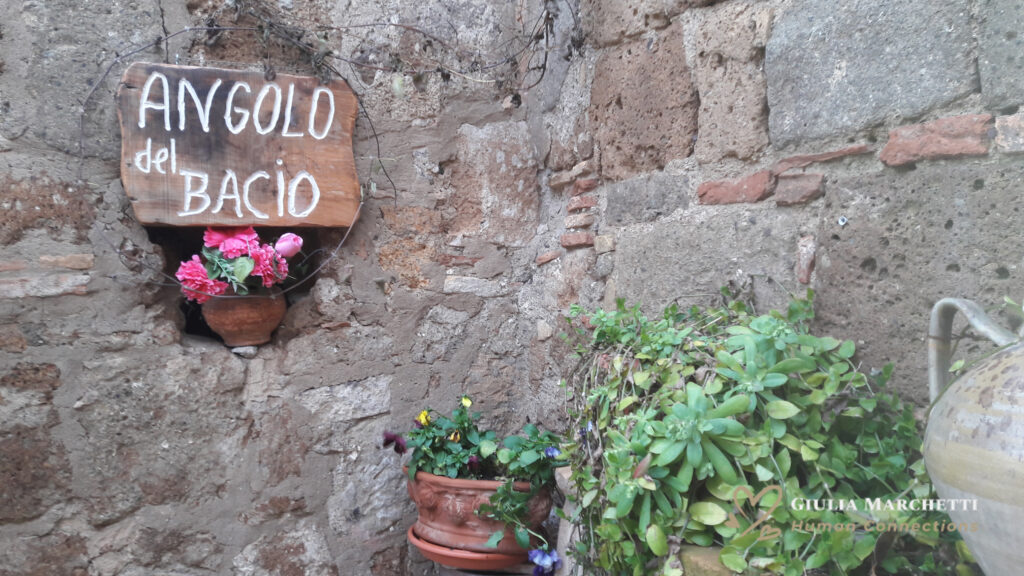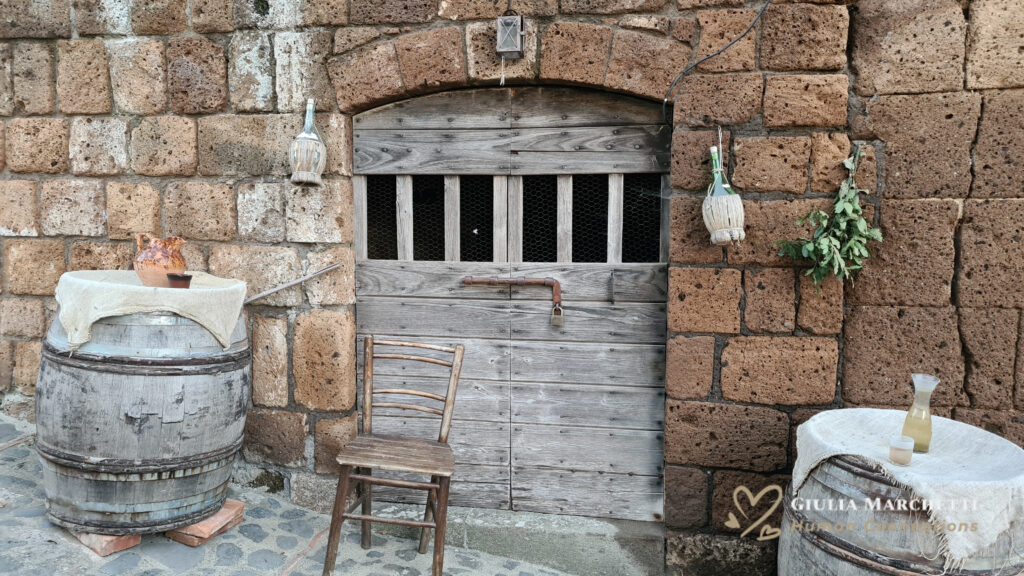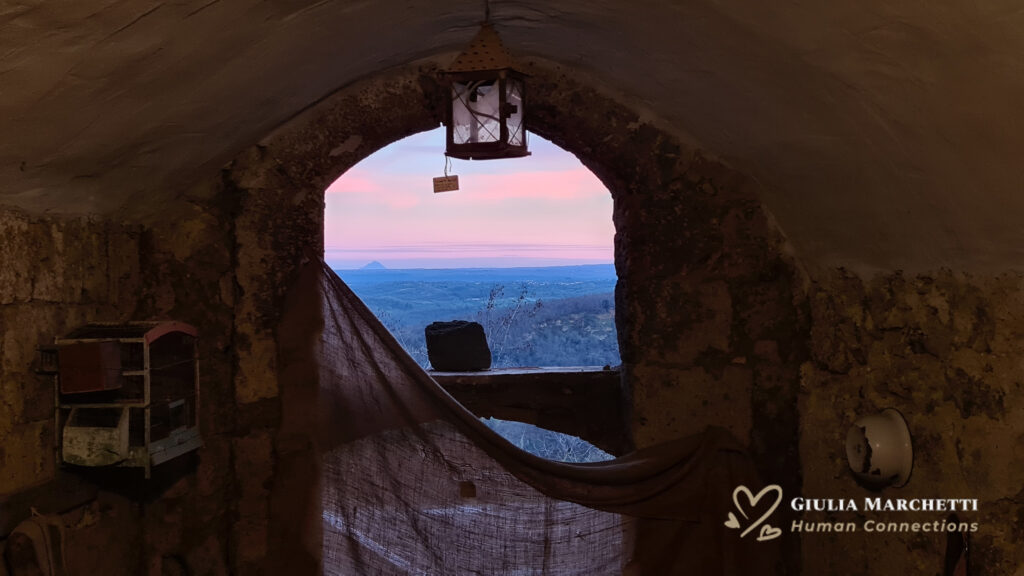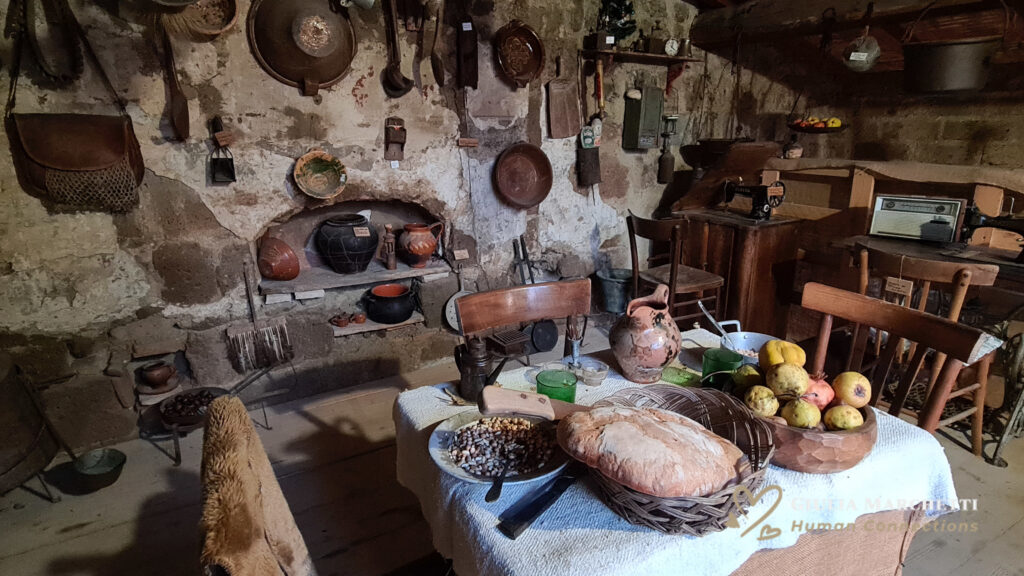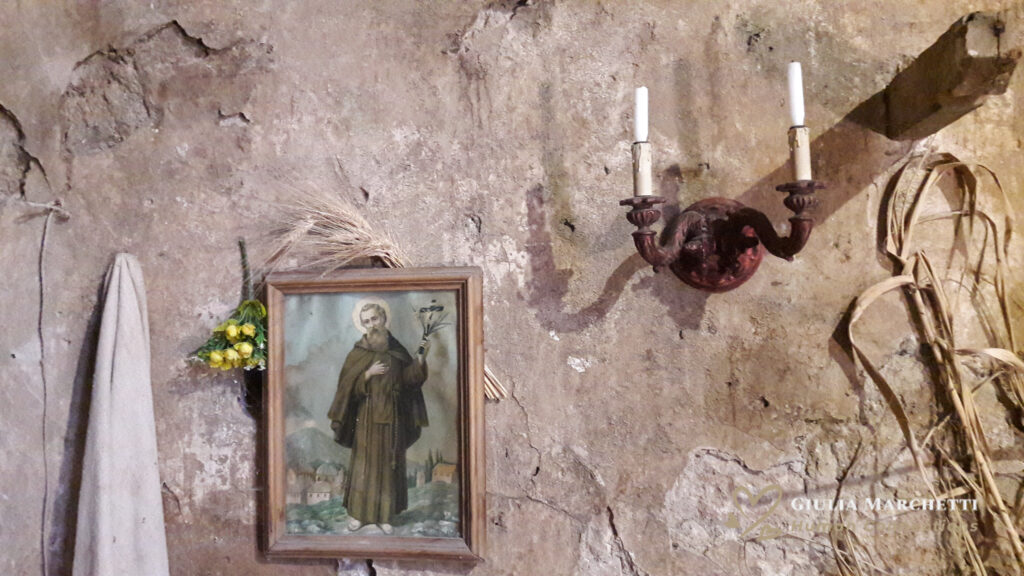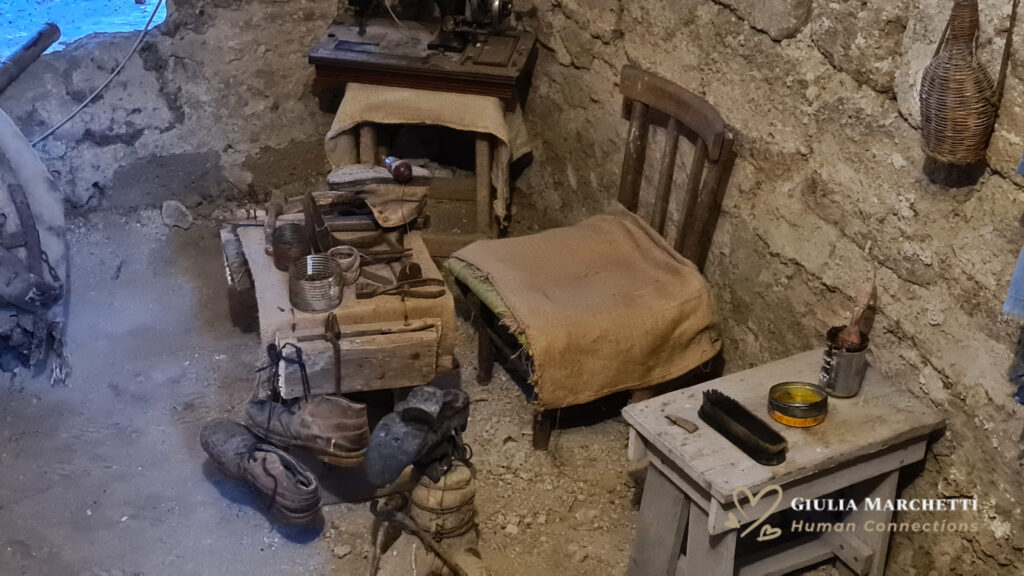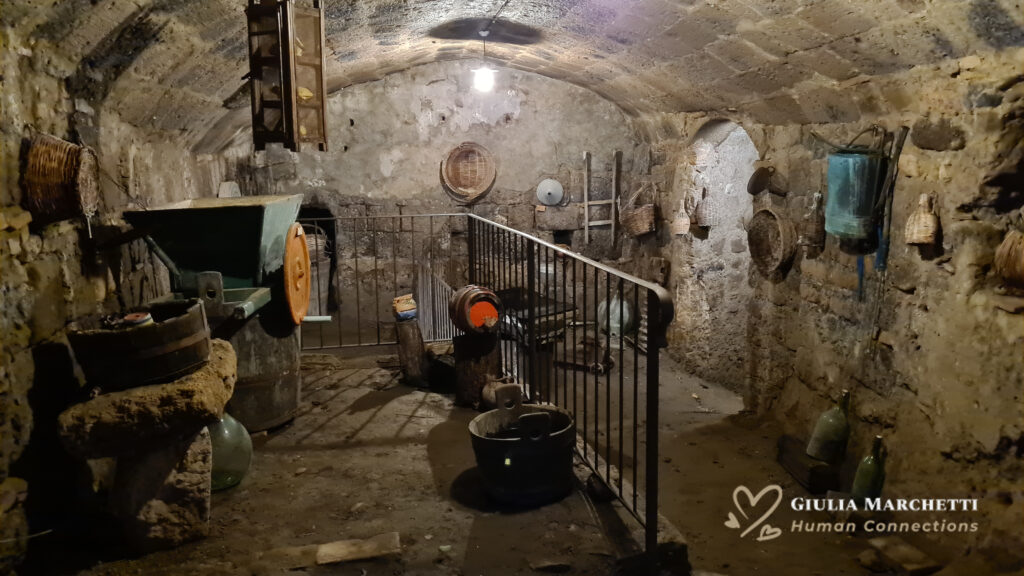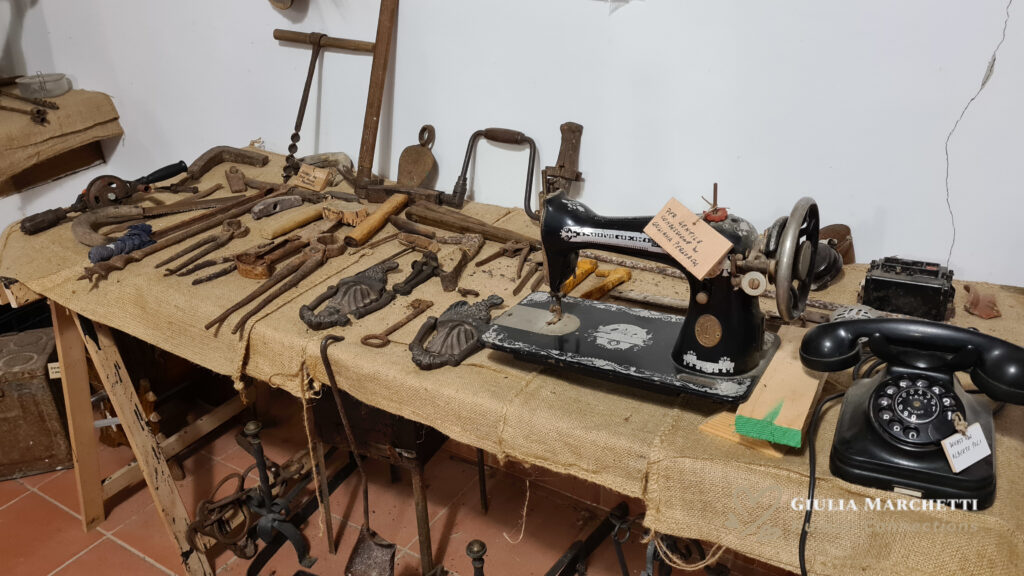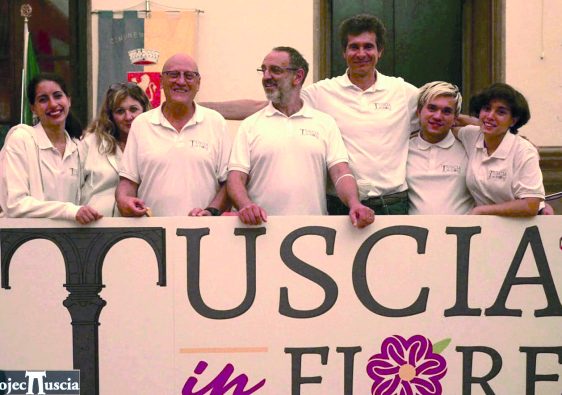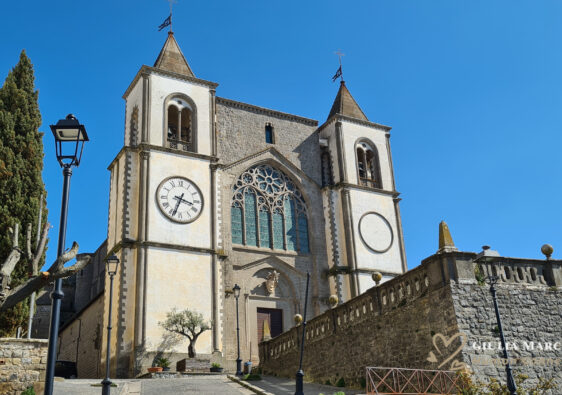Risen from Oblivion Celleno is One of the Most Surreal and Enchanting Villages in Italy
Sometimes I need to move in space and time to have the feeling of living in parallel worlds that follow one another but do not overlap. In Italy, my country, this journey of the senses is very easy to experience. I just need to turn a corner of my city to find myself in the Middle Ages, or enter a magnificent Palace to relive the Renaissance. But it’s when I walk away from crowded towns that I really feel like I am in another era.
Small villages lost in time and surrounded by woods or deep valleys, and badlands, are the ideal places to disconnect from the modernity of this century. Enchanted places that are untouched by lights, antennas, smog, and noise pollution to which technology has now accustomed us. There, and only there, I can live in that past, so far and close, that belonged to my grandparents and great-grandparents.
But there are some villages that are even more evocative than others, and that’s because they have been abandoned and no one lives there anymore. They are the so called Ghost Towns, and there are almost 6,000 in Italy.
Often they can only be reached on foot, and the scenario that characterizes them is always dreamlike and surreal. The dilapidated buildings, partly collapsed in the valley or eroded by time, as a whole resemble an open-air art museum. The vegetation that climbs between the stones adds a nostalgic tone to the global atmosphere.
This is the case of Celleno in the province of Viterbo, the Paese Fantasma (Ghost Town), progressively abandoned during the 19th century, due to devastating earthquakes and landslides. A new town was rebuilt further downstream to host the errant population. It was named the new Celleno, to maintain the bond with the old village.

In 1951, the then-President of the Italian Republic, Luigi Einaudi, due to the resistance of the last residents, issued an ordinance to force them to leave their homes. Finally, in 1962, dynamite was used to tear down some of the crumbling buildings, and it is also thought it had been done to prevent the most nostalgic from returning to live there.
Nevertheless, as in other uninhabited villages throughout Italy, Italian and foreign artists have returned to visit it over the years, attracted by the charm of oblivion and decadence. As well as the Italian painter of European fame, Enrico Castellani, who in 1973, decided to buy and restore the Orsini Castle, where he lived until his death in 2017.
This village has a bit of a sad story that can be softened only by the beauty and peacefulness that reign there. I believe that silence, due to its position, is one of the most beautiful protagonists of its scenario.
In fact, it is perched on a rocky spur that overhangs the deep valley and is only accessible on foot from a single door defended by Orsini Castle. How magical it is to pass the entrance arch and look out over the square. An old tower is still standing, while another building has only a thin facade with windows facing the void. Windows that frame a breathtaking panorama, as if it were a painting.
Narrow stone-paved alleys, tunnels, and little steps leading to old deserted houses.
It is an enchanted world where different civilizations have been stratified throughout the centuries, from the Etruscan era (IV-III century BC), then Roman, Medieval, and so on. And how the universe’s law teaches us, where a civilization falls, another rises.
These traces of the past are well visible in the old structures and excavated findings. Though, what affects me most is the more recent past. The 19th/20th century, which brings me back to the lives of the last people who lived there.
Some buildings have been turned into museums of peasant civilization. Thousands of objects, tools, and old stuff have been collected to build settings that remind of the life of those times: a kitchen, cellar, stables, spaces for ancient crafts, and so on. And it is just here that I get lost in time, and I can see again my grandparents and great-grandparents at work, or sleeping on a bed of straw, warmed by the breath of animals. It is a journey of the senses and the spirit, a kind of nostalgic hypnosis from which I don’t want to wake up.
It’s so touching to think that all these precious things have been donated by the inhabitants who live in the new Celleno. Old memories or family heirlooms have merged into a single space to return to the world a past time that is everyone’s heritage. These donations are a great example of generosity and human connection.
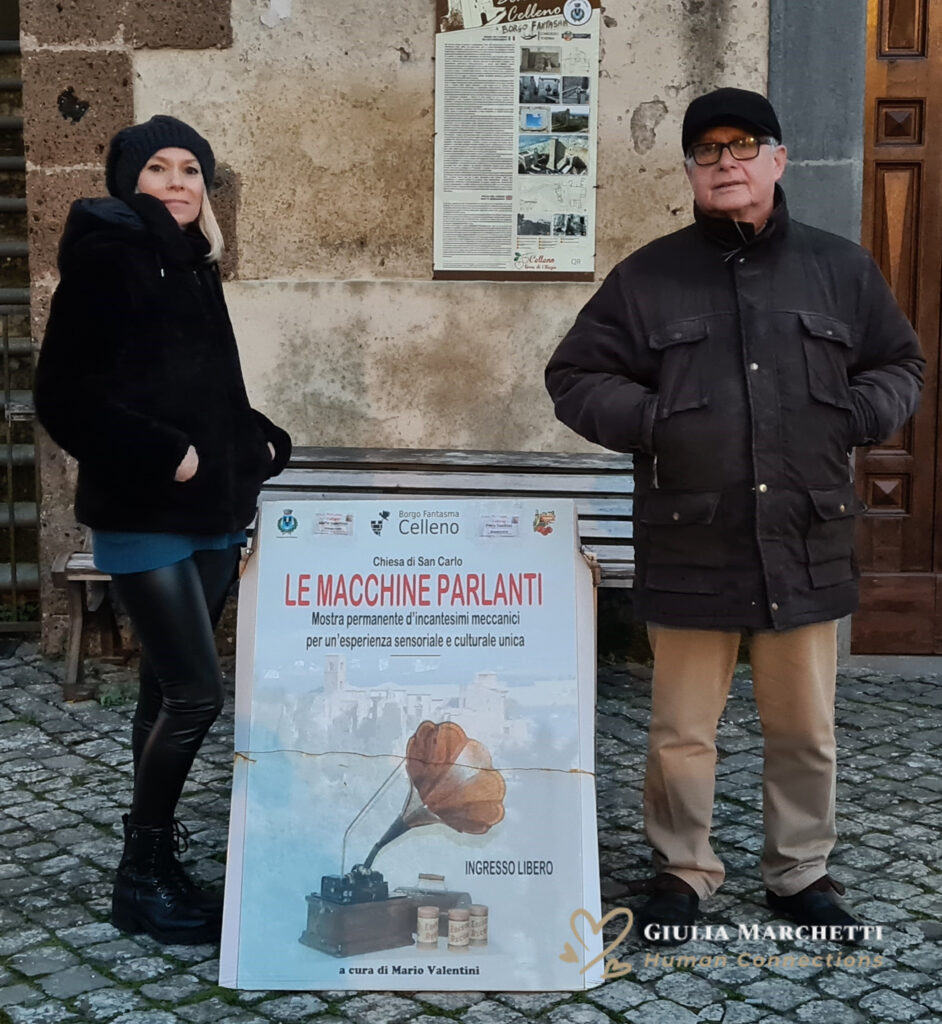
However, it is not just the findings and the ancient objects to evoke the past, but also sounds produced by gramophones and old musical instruments. Here again, an ex-resident of new Celleno, Mario Valentini, thanks to his generosity, has created a Museo delle Macchine Parlanti (Talking Machines Museum) right in the square of the ghost town, in the Church of San Carlo (XV century). Throughout his life, he has been collecting for passion a huge amount of old sound machines, and now they are on display to be enjoyed by Celleno community and all the visitors.
Sound has the power to give voice to a past that would otherwise be mute. And this exhibition is a sonic journey that takes me back 100 years. Each machine is whole and working, and the sound played is unique. It chills me and moves me.
Phonographs, gramophones, musical instruments, radios, televisions and also a juke-boxe. And, as a child, I get enchanted by an old Cartolina parlante (Talking postcard). A colorful postcard with one side to write on and the other to listen to on a turntable. What nostalgia, what sweetness, what a romantic sound…

Each piece of this antique collection is also a work of art. They are precious jewels of the past, made of carved or painted woods, fine materials and wonderful designs.
But among the crumbling buildings, the ruin of a church with no roof, evocative rebuilt environments, and the sound of gramophones, certainly in a ghost town there must be at least a phantom wandering through the streets. Someone swears he saw him. It is the soul of Giovanni Gatti who was killed by someone sent by Pope Alexander VI (Borgia) for refusing to give back the castle to the Church.
Is it true, is it a legend? It depends on how we like to imagine it.
But the only ghost I like to imagine here is my own soul, which detached for a while from my body allows me to deeply live another epoch. Because Celleno is really a place where I often take refuge when I want to move back in time and meet my ancestors spiritually.
It is also a place where I can reflect on my life, stuffed by modernity and sometimes useless things.
Every time I come to Celleno, I realize how much in the past any object was important, or even crucial to surviving. Everything was done by hand and destined for eternity, that is why in Celleno now we can see and touch these old things.
Needs were real and not created by the market. People were close and they helped each other. They were poorer, but maybe freer and happier.
I can’t help but think about my grandparents. They had a tiny home, with only a bed and some furniture. Two pairs of shoes accordingly to the seasons and some essential clothes to wear. And everything was important…
How many things I have that I don’t need? How many other things end up in the trash to pollute the planet? What can I learn from this journey into the past of Celleno?
Coming to Celleno is first of all a spiritual journey to get in touch with our ancestors and learn from them the true meaning of life, made of simplicity and human connections.
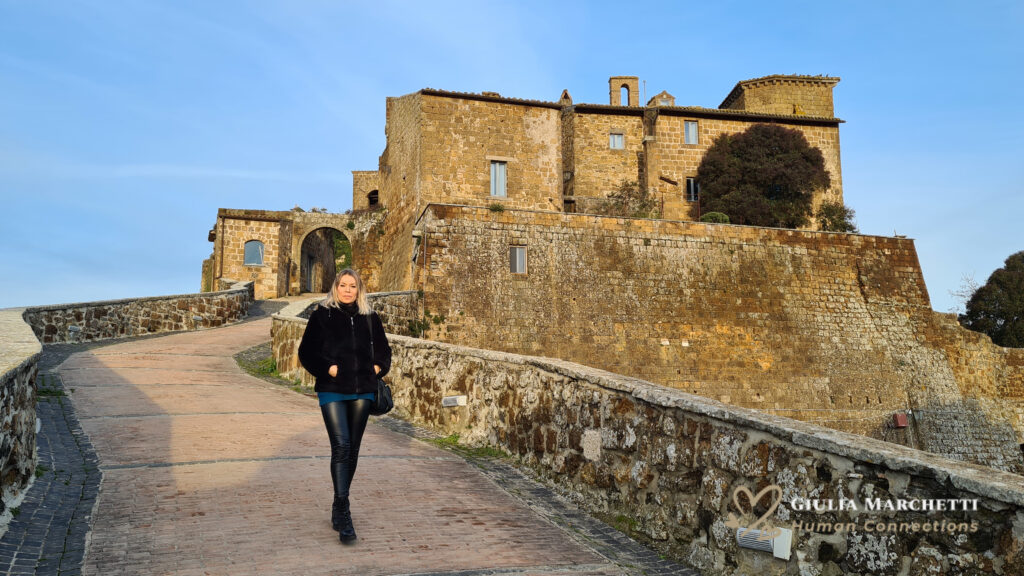
Note:
Telegraph (The national British daily newspaper) has included Celleno among the 25 most fascinating ghost villages in Italy
The Ghost Town of Celleno has been included by the FAI (the National Fund of Italy) among the assets to be protected
Celleno is located in the Tuscia area at about 80 km northwest of Rome and about 15 km north of Viterbo.
You can read another version of this article on Live in Italy Magazine
